Archives
- 2025-12
- 2025-11
- 2025-10
- 2025-09
- 2025-03
- 2025-02
- 2025-01
- 2024-12
- 2024-11
- 2024-10
- 2024-09
- 2024-08
- 2024-07
- 2024-06
- 2024-05
- 2024-04
- 2024-03
- 2024-02
- 2024-01
- 2023-12
- 2023-11
- 2023-10
- 2023-09
- 2023-08
- 2023-07
- 2023-06
- 2023-05
- 2023-04
- 2023-03
- 2023-02
- 2023-01
- 2022-12
- 2022-11
- 2022-10
- 2022-09
- 2022-08
- 2022-07
- 2022-06
- 2022-05
- 2022-04
- 2022-03
- 2022-02
- 2022-01
- 2021-12
- 2021-11
- 2021-10
- 2021-09
- 2021-08
- 2021-07
- 2021-06
- 2021-05
- 2021-04
- 2021-03
- 2021-02
- 2021-01
- 2020-12
- 2020-11
- 2020-10
- 2020-09
- 2020-08
- 2020-07
- 2020-06
- 2020-05
- 2020-04
- 2020-03
- 2020-02
- 2020-01
- 2019-12
- 2019-11
- 2019-10
- 2019-09
- 2019-08
- 2019-07
- 2019-06
- 2019-05
- 2019-04
- 2018-07
-
Recently pharmacological studies have revealed that natural
2020-11-16
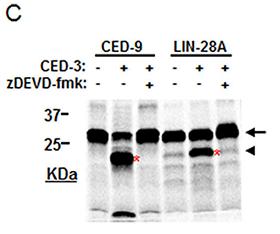
Recently, pharmacological studies have revealed that natural compounds achieve increasing attention due to its high therapeutic effectiveness and low adverse effect, compared with the chemically synthesized compounds. Emodin is a kind of natural anthraquinone derivative enriched in traditional Chine
-
Our comparison of all ER iso forms with ER
2020-11-14
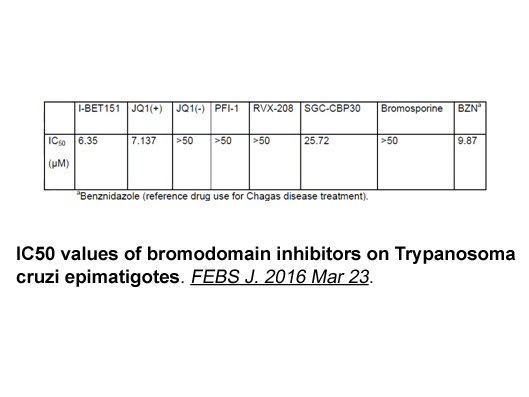
Our comparison of all ERα (iso)forms with ERβ immunostaining suggests that overall ERβ expression is lower than that of ERα isoforms. This contrasts the so far reported data for ERs in the lung, but is not a paradox; in pathology routine, ER positivity is defined stricto senso by nuclear WT ERs. As
-
br Methods br Results Main characteristics of study populati
2020-11-14
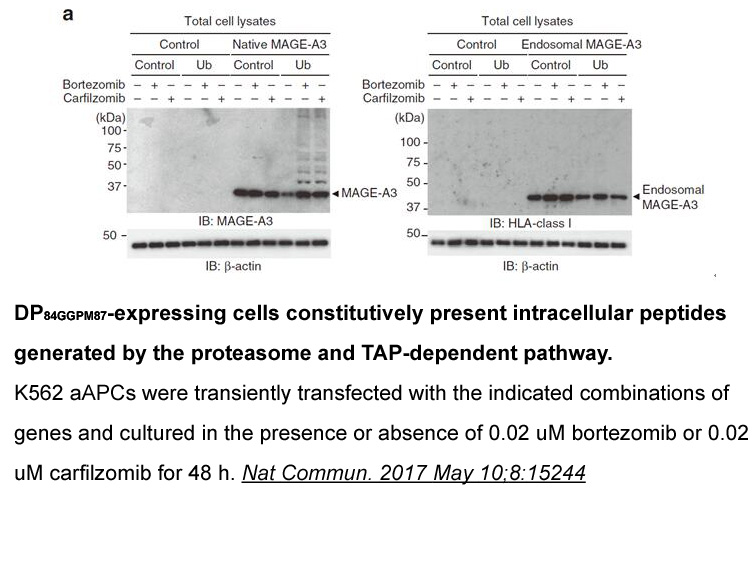
Methods Results Main characteristics of study population are presented in Table 1. AD cases had higher co-morbidity score and lower socioeconomic position than controls. Women with AD had undergone any surgery (unilateral/bilateral oophorectomy, hysterectomy, hysterectomy with bilateral oophor
-
ARRY334543 p and p which are downstream of
2020-11-14
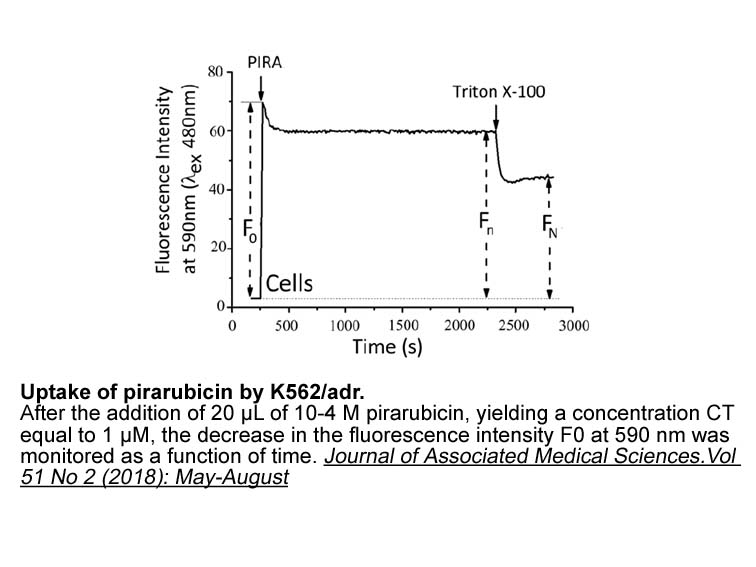
p21 and p16, which are downstream of pAkt and pERK1/2, are tumor suppressors which induce cell senescence and ARRY334543 arrest [[56], [57], [58]]. Inhibitors of pAkt or pERK1/2 can activate p21 and p16 and promote cell senescence and cell cycle arrest [11,12,[59], [60], [61]]. It is well known that
-
Quantum dots QDs which exhibit excellent fluorescence quantu
2020-11-14
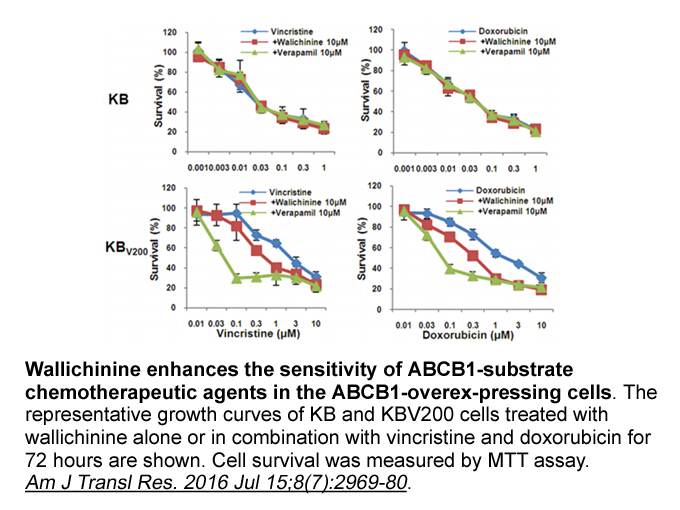
Quantum dots (QDs), which exhibit excellent fluorescence quantum yields (QYs), high extinction coefficients and size-tunable narrow emission have highly attracted great interest in various applications such as in solar cells, sensors, and bioimaging [16], [17], [18], [19], [20]. However, QDs suffere
-
StemRegenin 1 br Halogenases Enzymatic C H activation leadin
2020-11-14
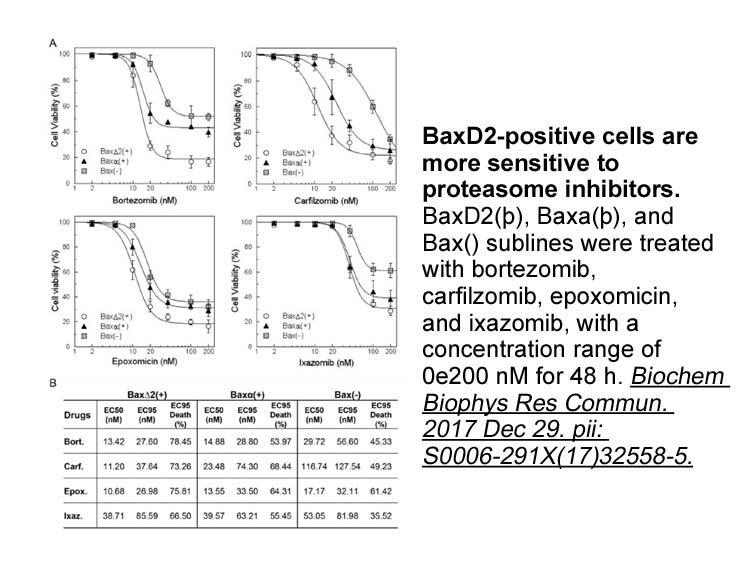
Halogenases Enzymatic C–H activation leading to halogenation is another emerging area in biocatalysis [55,56]. Incorporation of halogen atoms during medicinal chemistry eff ;orts is a well-established practice, presenting an effective means to control the molecule’s bioactivity and physicochemical
-
Enolase as a plasminogen receptor and
2020-11-14
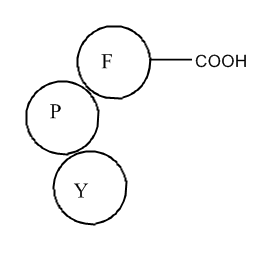
Enolase, as a plasminogen receptor and activator localized on the surface of several helminths, can interact with the host fibrinolytic system (Yang et al., 2010, Du et al., 2009, de la Torre-Escudero et al., 2010). The enzyme is also one of excretory/secretory (ES) products in some helminths, such
-
kainic acid TraM is one of two
2020-11-13
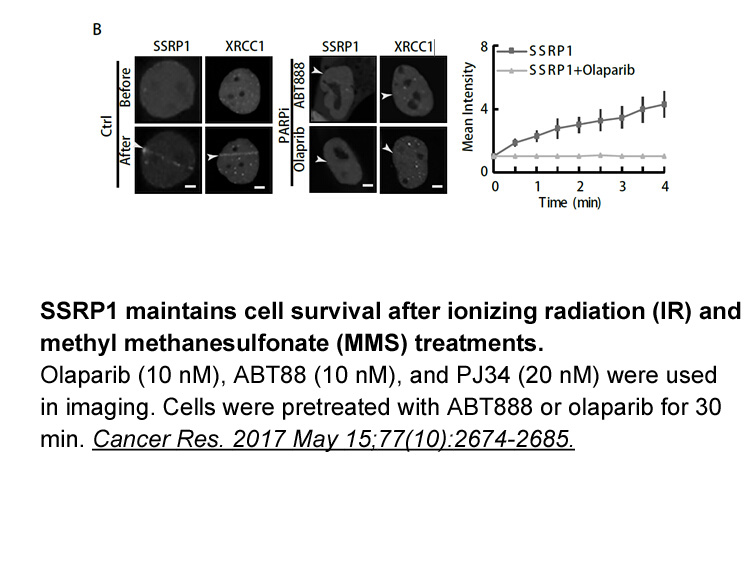
TraM is one of two transfer proteins from pIP501 T4SS that have structural similarity to the A. tumefaciens VirB8 protein (Fercher et al., 2016, Goessweiner-Mohr et al., 2013), a central member of the inner membrane complex (Bailey et al., 2006, Guglielmini et al., 2014, Trokter et al., 2014). VirB8
-
In regards to regional variation in metabolic
2020-11-13
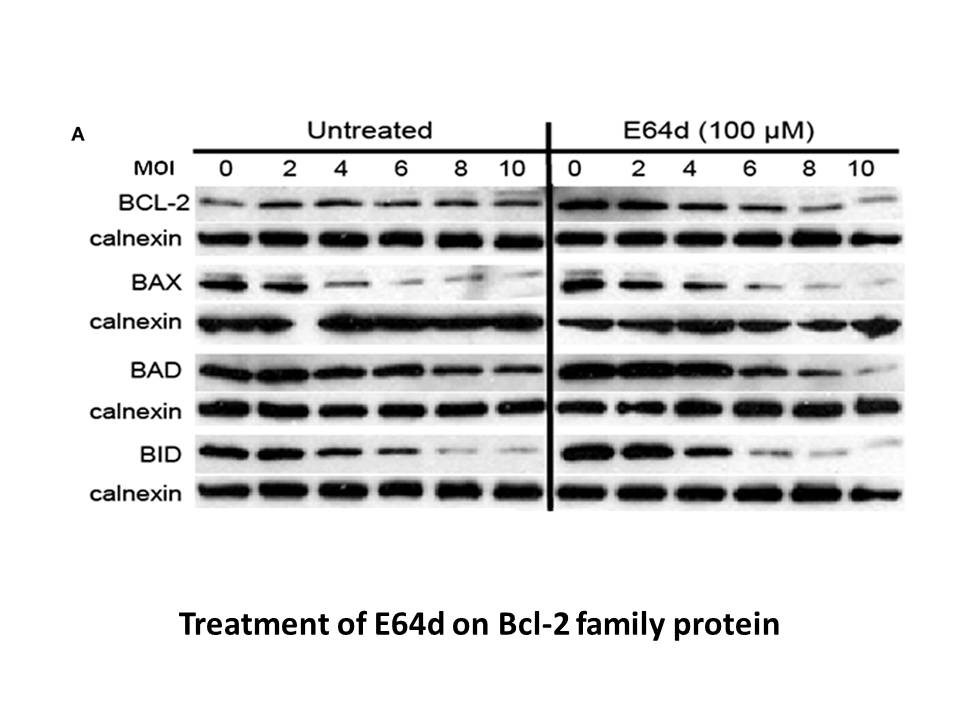
In regards to regional variation in metabolic behavior of adipose tissue, subcutaneous adipose tissue transplantation has been shown to reprogram visceral adipose tissue to have subcutaneous-like phenotypic behavior, whereas visceral-to-subcutaneous transplantation does not promote a more detrimenta
-
br Mass spectrometry based technologies Oxysterols tend
2020-11-13
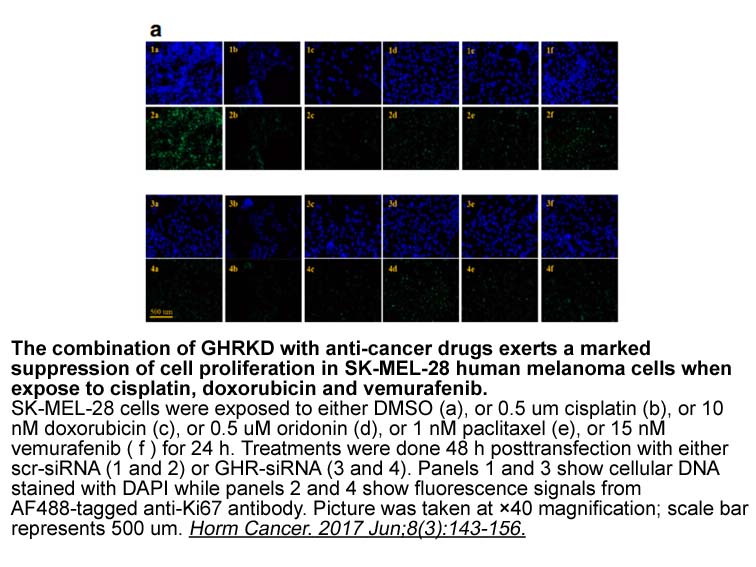
Mass spectrometry-based technologies Oxysterols tend not to be observed in global lipidomic analysis, whether shot-gun based electrospray ionisation – mass spectrometry (ESI-MS) or liquid chromatography (LC)-MS based. This is because of their comparatively low-abundance and poor ionisation charac
-
5-Ethynyl-2'-deoxyuridine mg br Common features of TdT
2020-11-13
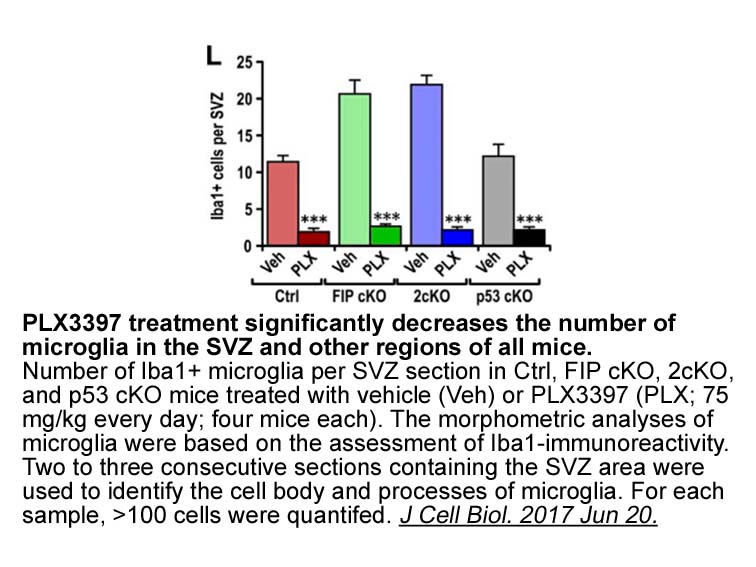
Common features of TdT, pol μ and pol λ TdT, pol μ and pol λ remain in a closed conformation throughout their catalytic cycle, contrary to pol β [24•, 53, 54•]. One possible explanation for this observation is that they have traded fidelity (which requires open-to-closed transition) for a very ti
-
Acanthopanax senticosus Rupr Maxim Harms a
2020-11-13

Acanthopanax senticosus (Rupr. & Maxim.) Harms, a nontoxic herb belongs to the family of Araliaceae, which found in Northeast Asia. A. senticosus traditionally used as a tonic to treat rheumatism, diabetes, and hepatitis [7]. Previous phytochemical and biological investigations found its roots and s
-
We had earlier reported that collagen fibers with intact
2020-11-13
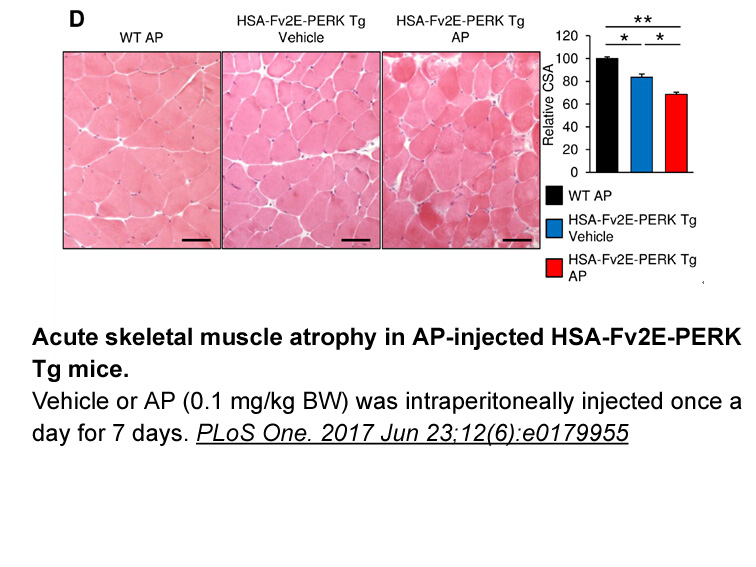
We had earlier reported that collagen fibers with intact native banded structure were occasionally observed in the kinase-deficient, membrane-anchored DDR2 ECD (DDR2/-KD) samples; however, in our DDR1/ECD and DDR2/ECD samples, observation of native banded structure of collagen was far more infrequen
-
From the general synthetic route we first synthesized
2020-11-13
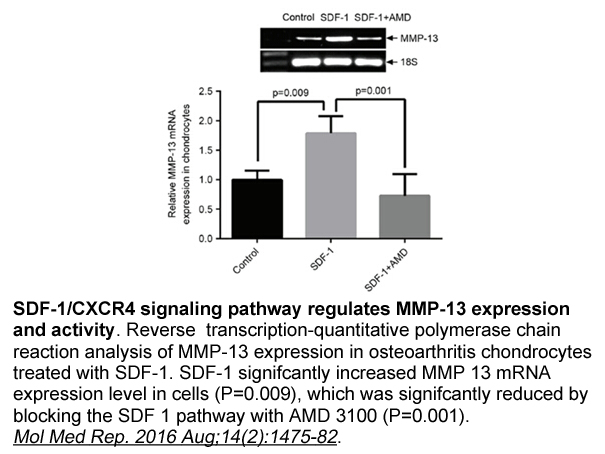
From the general synthetic route, we first synthesized a directed set of analogues of general formula , keeping the synthesis simple by using a symmetrical pyrazole (R=R=Me). The SAR of a set of 30 compounds in the GTPγS binding assay turned out to be quite tight: only 4 (13%) compounds showed moder
-
br Conclusions Taken together a distinct contrast is observe
2020-11-13
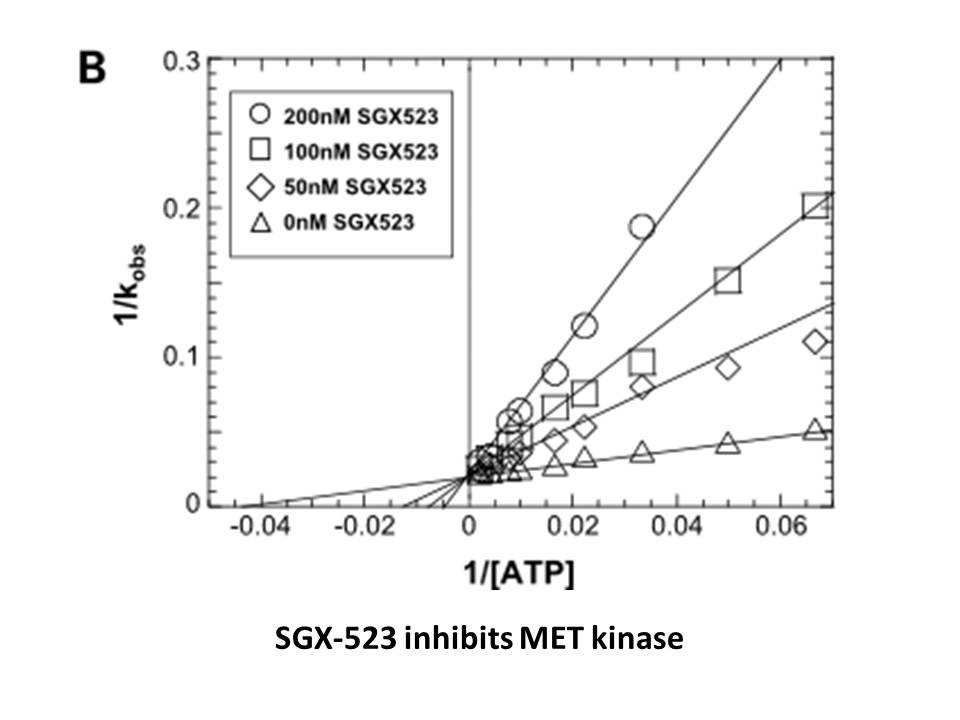
Conclusions Taken together, a distinct contrast is observed between ERK1/2 phosphorylation in hypothalamic and extra-hypothalamic BIBW 2992 regions. The hypothalamus is the only brain region where ERK1/2 phosphorylation was increased 15minutes after the OF stressor. In SD rats CRFR1 expression wa
16173 records 787/1079 page Previous Next First page 上5页 786787788789790 下5页 Last page